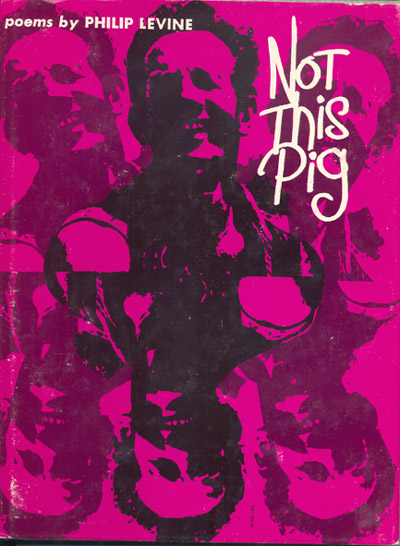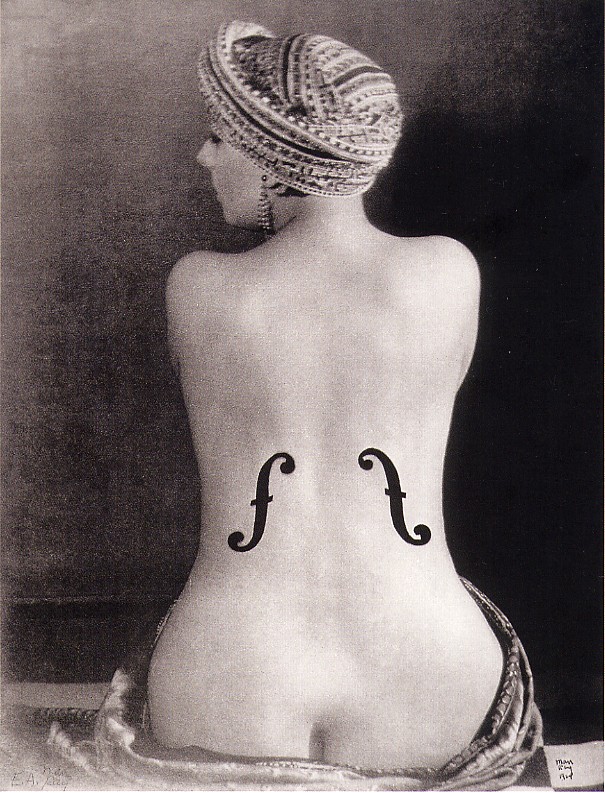The work takes on an existence of its own … Emin at the White Cube Gallery. Photograph: [Photo by Oli Scarff/Getty Images/Guardian]
Guardian art critic Jonathan Jones reviews Those Who Suffer Love and concludes that
Tracey Emin is far from a narcissist because her depictions of sex and suffering draw on “honest truth”:
It’s as if Egon Schiele had collaborated with Thomas Edison to create the world’s first dirty film. Blue drawings flicker in the dark, or not the dark really, for a neon sign gives the entire space a green tint. Like Schiele’s women, the woman in this cartoon shows us everything, but the title – proclaimed by the neon sign – says this isn’t about sex, it’s about pain: it is called Those Who Suffer Love. The oscillation from drawing to drawing gives it a primitive, raw energy. The handmade quality gives it authenticity. The passion gives it life.
Downstairs in Tracey Emin’s exhibition at the White Cube Gallery, drawings from the sequence in the film can be seen among other examples of her graphic works going back to the 1980s. Emin draws with an honesty that only a snob would mistake for clumsiness. Her total lack of pretence is accompanied by a rich and sensitive knowledge of art: she knows that drawing is more than design, more than a shorthand for ideas, that it has a tangible existence of its own.
Her White Cube show celebrates the publication of her collected drawings. A negative view would be difficult to sustain – it’s an extreme and prissy understanding of drawing that would suggest Emin can’t draw or is only a pasticheur.
There’s a broken, smudged integrity to Emin’s drawings. It’s a powerful achievement to have so ably projected herself as a personality in the modern imagination and yet all the time be so firmly wedded to craft, to making. With a pen or a needle, Emin draws. I suppose the realities of the sex, love and loneliness she depicts are repetitive, but only in the way Munch or Klimt or Picasso are.
Emin is one of the most truthful artists of our century and one of the most substantial. She has never succumbed to the folly of the monumental or turned yesterday’s ideas into today’s merchandise. On the contrary, she always seems to explore new territory, even as she obsesses about the same old things. It’s the thread of drawing that allows Emin to be so artistically vital. If you draw, you work and if you work, you make something that’s not just you.
So here is the paradox: Emin is one of the least narcissistic artists of our time. She pretends it’s all about her; actually it’s all about the art. And the art lives – an autonomous, flickering ecstasy.
I’d never heard off Tracey Emin until a chance encounter with raccoons several days ago. Now I’m intrigued by how she navigates the boundaries between narcissism, documentation and transcendence. I’m adding One Thousand Drawings to my wish list.
to my wish list.

 If there is an emerging genetic underclass, I could run for class president or class clown. Read more in
If there is an emerging genetic underclass, I could run for class president or class clown. Read more in ![Fog at Isle Royale [Source: wildmengoneborneo.com] Fog at Isle Royale [Source: wildmengoneborneo.com]](../wp-content/uploads/2008/04/isle_royale_fog.jpg) "Brendan, this is what the world looks like all the time to me. Just a little fog. It’s a fine day for boating on the Great Lakes.” Without missing a stroke he turned to dart a skeptical glance at me. Brendan the Navigator. When we named him I didn’t tell his mother everything the legendary Irish name implied. But I imagined him taking on the role of navigator for me. Growing up with Coastal Survey charts and tales of Great Lakes shipwrecks, he came to know Superior as another home. He never doubted the wisdom of canoeing there with a father who was half blind.
"Brendan, this is what the world looks like all the time to me. Just a little fog. It’s a fine day for boating on the Great Lakes.” Without missing a stroke he turned to dart a skeptical glance at me. Brendan the Navigator. When we named him I didn’t tell his mother everything the legendary Irish name implied. But I imagined him taking on the role of navigator for me. Growing up with Coastal Survey charts and tales of Great Lakes shipwrecks, he came to know Superior as another home. He never doubted the wisdom of canoeing there with a father who was half blind. 
![Charlotte Casiraghi in a red dress. [Source: Stylophile] Charlotte Casiraghi in a red dress. [Source: Stylophile]](../wp-content/uploads/2008/02/charlotte_casiraghi_red_dress.jpg) When I figured out who Charlotte Casiraghi was, I realized that I once sent a poem to her mother.
When I figured out who Charlotte Casiraghi was, I realized that I once sent a poem to her mother.  The legendary Kiki of Montparnasse posed for Man Ray’s
The legendary Kiki of Montparnasse posed for Man Ray’s ![Eugène Delacroix. Liberty Leading the People. 1830. Louvre, Paris. [Source: Wikimedia Commons]] Eugène Delacroix. Liberty Leading the People. 1830. Louvre, Paris. [Source: Wikimedia Commons]]](../wp-content/uploads/2008/05/delacroix_liberty_1830_2.jpg)

